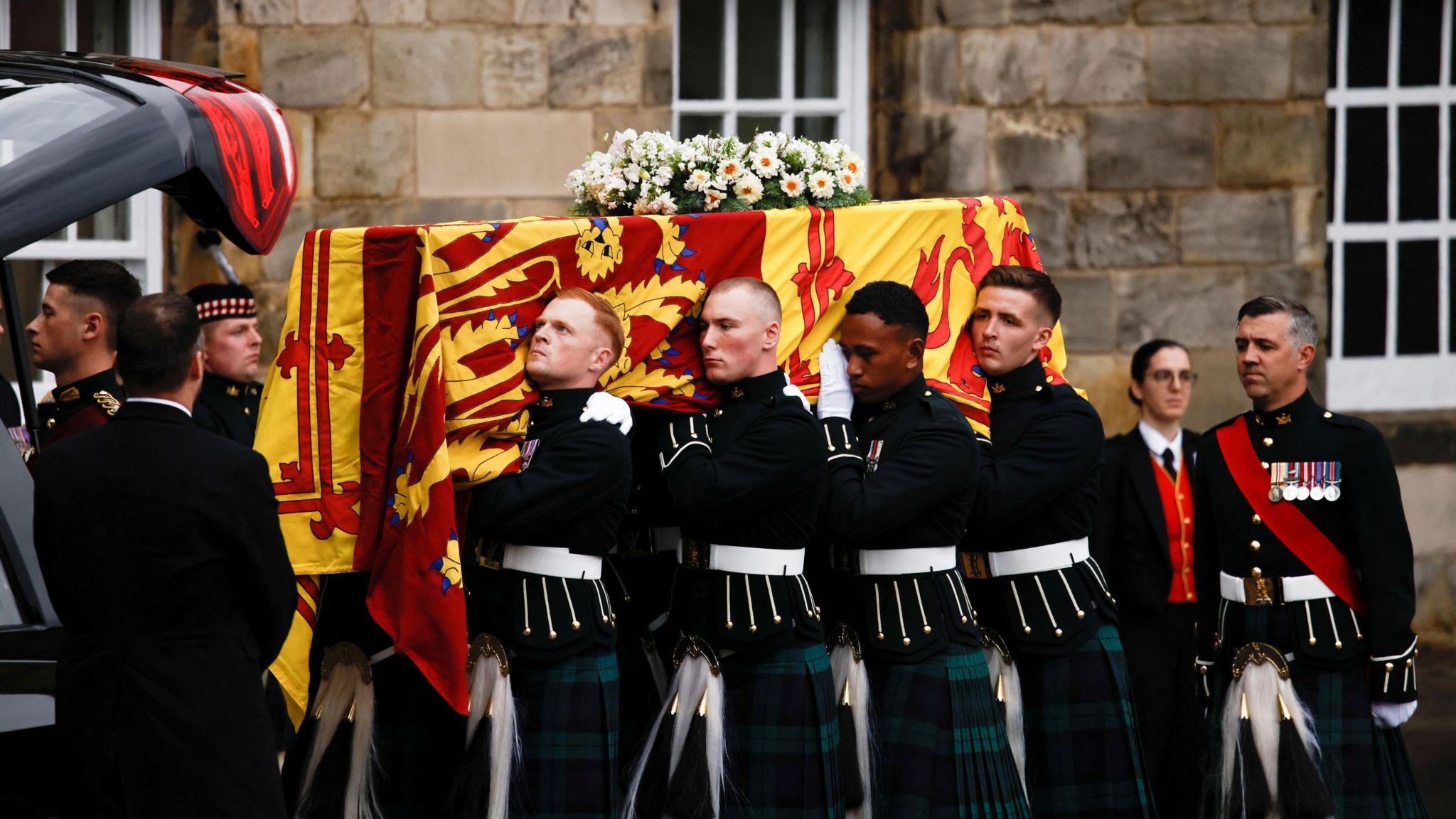
Queen Elizabeth II lived a long and grand life. Here’s all you need to know about the royal coffin for her final rest.
Special features of the royal coffin
32 years ago, the queen’s coffin was fashioned out of English oak. English oak wood is harder to find these days as American oak is used to make wood coffins. Additionally, by custom, the royal coffin is lined with lead. This also helps assist the body long after it is buried in a crypt. It keeps the casket airtight and helps prevent moisture from entering.
Queen Elizabeth II is to be buried in the King George VI Memorial Chapel located in St. George’s Chapel in Windsor. However, due to its lead lining, it takes eight pallbearers to lift the queen’s coffin. The royal family’s London funeral directors, Leverton & Sons made the coffin. They inherited the coffin in 1991 when they began serving the royal family. However, they mentioned they were unsure about the original creators of the royal coffin.
More on the Queen’s casket

The royal coffin’s lid is specially crafted to contain priceless fittings such as the Imperial State Crown, scepter, and orb. They represent various facets of a sovereign’s powers and hence will be present at the funeral. As per The Times, a Birmingham-based business is responsible for making the coffin’s brass bandles. They are specially designed for royal caskets. “It is not something you can just make in a day,” stated Andrew Leverton, the owner of coffin-maker Leverton & Sons.
The casket was first seen on Sunday, draped in the standard Scottish royal, wreath and heather from the estate gardens in Balmore. On Sunday, it rested in Edinburgh’s Holyroodhouse Palace. On Monday, it will be transported to St. Giles’ Cathedral on the Royal Mile. It will remain there for 24 hours and senior royals will be leading the procession. The casket will then be taken by a Royal Air Force flight to London and sit at Buckingham palace before being moved to Westminister Hall.
